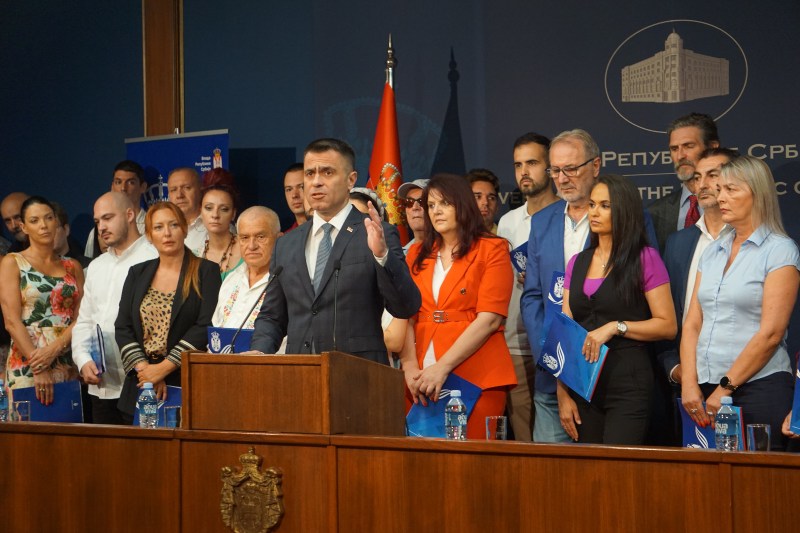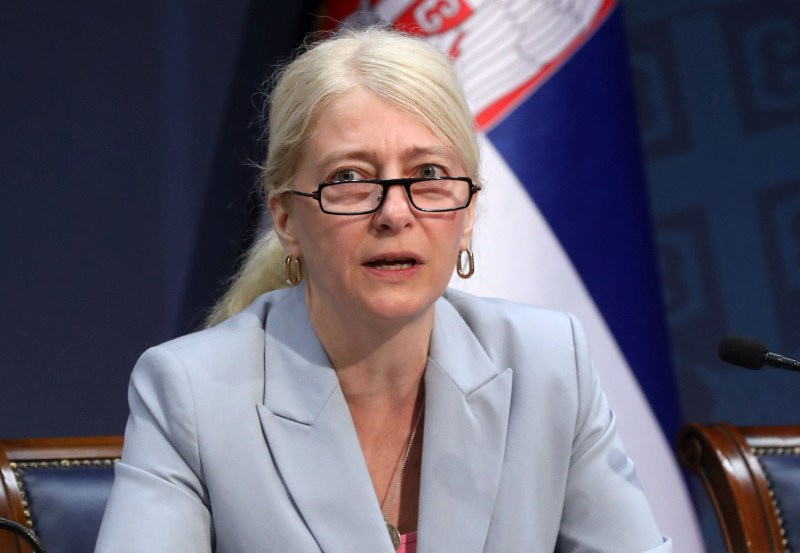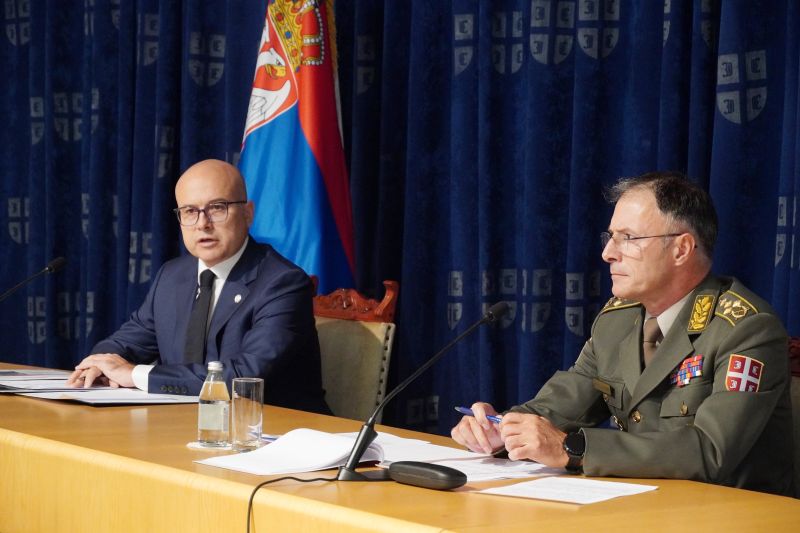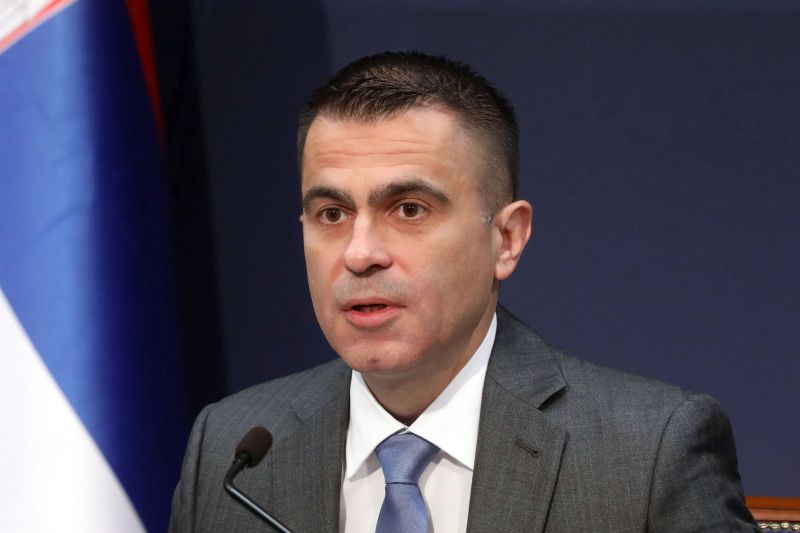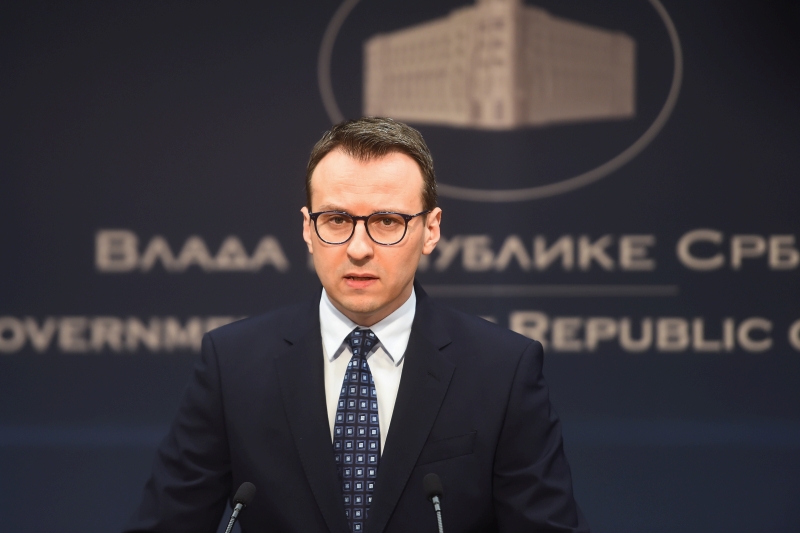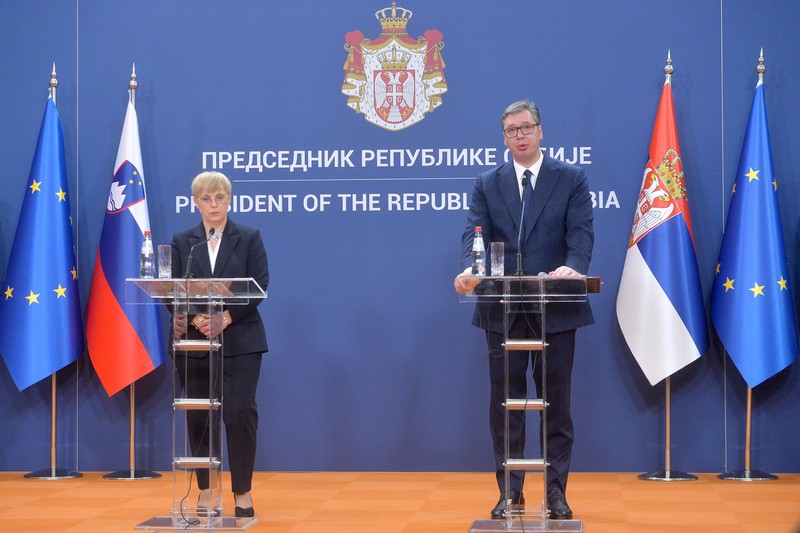Q:
A:
Poverty Reduction Strategy goals presented
Belgrade,
12 July 2006
Serbian Deputy Prime Minister Ivana Dulic-Markovic said today that Serbia’s dynamic economic growth which should create new jobs, preventing further poverty due to transition shocks and improving social care are the main goals of the Poverty Reduction Strategy.
Dulic-Markovic said in a press conference that realisation of these goals will halve poverty in Serbia by 2010 compared with the current situation.
She noted that according to data from the World Bank, 9.1% of Serbia’s citizens are currently below the poverty level, so there is no poverty upward trend.
According to Dulic-Markovic, statistical data on the level of poverty in Serbia in the past few years are incomparable with last year’s, as the methodology used in 2004 was different.
She explained that the main criterion for establishing poverty until 2004 was people’s living standard whereas poverty is now measured with the household consumption survey.
The data from these two surveys are not comparable so it is impossible to publish a poverty line, stressed Dulic-Markovic, adding that as soon as next year more precise data can be issued on the number of poor people living in Serbia and main parameters taken into account when measuring poverty.
Serbian Minister of Economy Predrag Bubalo said that it is necessary to increase companies’ productivity and make them more attractive for investors in the process of privatisation, which, as he said, negatively affects employment.
According to him, it is necessary to stimulate the development of small and medium-sized enterprises and entrepreneurship and thus make it possible for people who are left jobless to find a solution for themselves.
He explained that the planned GDP was 4.5% for this year, but noted it will reach 7% according to current estimates.
Serbia’s current GDP stands at $3,200 per capita, and until 2012, given a 7% average annual growth, that figure should increase to some $7,000 or $8,000 of GDP per capita, said the Minister and explained that this will have a positive influence on poverty reduction in Serbia.
Head of the World Bank Office in Serbia Caroline Junger stressed that there has been some progress in poverty reduction in Serbia, but she pointed out that the rate of poverty reduction is still lower than the rate of the country’s economic growth.
Junger recalled that the employment rate of 50% among young persons is very low, while more than 60% of the population with low educational qualifications lives below the poverty threshold.
She said that the World Bank has begun working on a new strategy for helping Serbia, in which the most important aims are still poverty reduction and integration of Serbia in the EU.
Serbian Minister of Agriculture, Forestry and Water Management Goran Zivkov said that development of rural areas is one of the key factors in winning the battle against poverty in Serbia.
He said that the development of villages is necessary because it is precisely rural areas where the poorest population resides.
The Poverty Reduction Strategy, along with the process of European integration, represents the mid-term developmental framework on which the development of Serbia rests in the upcoming period.
The importance of these processes is reflected by the fact that they are the priorities of the Serbian government, as well as wide national processes in whose realisation members of the Serbian parliament, local authorities, civil societies and other interested parties are participating.
She noted that according to data from the World Bank, 9.1% of Serbia’s citizens are currently below the poverty level, so there is no poverty upward trend.
According to Dulic-Markovic, statistical data on the level of poverty in Serbia in the past few years are incomparable with last year’s, as the methodology used in 2004 was different.
She explained that the main criterion for establishing poverty until 2004 was people’s living standard whereas poverty is now measured with the household consumption survey.
The data from these two surveys are not comparable so it is impossible to publish a poverty line, stressed Dulic-Markovic, adding that as soon as next year more precise data can be issued on the number of poor people living in Serbia and main parameters taken into account when measuring poverty.
Serbian Minister of Economy Predrag Bubalo said that it is necessary to increase companies’ productivity and make them more attractive for investors in the process of privatisation, which, as he said, negatively affects employment.
According to him, it is necessary to stimulate the development of small and medium-sized enterprises and entrepreneurship and thus make it possible for people who are left jobless to find a solution for themselves.
He explained that the planned GDP was 4.5% for this year, but noted it will reach 7% according to current estimates.
Serbia’s current GDP stands at $3,200 per capita, and until 2012, given a 7% average annual growth, that figure should increase to some $7,000 or $8,000 of GDP per capita, said the Minister and explained that this will have a positive influence on poverty reduction in Serbia.
Head of the World Bank Office in Serbia Caroline Junger stressed that there has been some progress in poverty reduction in Serbia, but she pointed out that the rate of poverty reduction is still lower than the rate of the country’s economic growth.
Junger recalled that the employment rate of 50% among young persons is very low, while more than 60% of the population with low educational qualifications lives below the poverty threshold.
She said that the World Bank has begun working on a new strategy for helping Serbia, in which the most important aims are still poverty reduction and integration of Serbia in the EU.
Serbian Minister of Agriculture, Forestry and Water Management Goran Zivkov said that development of rural areas is one of the key factors in winning the battle against poverty in Serbia.
He said that the development of villages is necessary because it is precisely rural areas where the poorest population resides.
The Poverty Reduction Strategy, along with the process of European integration, represents the mid-term developmental framework on which the development of Serbia rests in the upcoming period.
The importance of these processes is reflected by the fact that they are the priorities of the Serbian government, as well as wide national processes in whose realisation members of the Serbian parliament, local authorities, civil societies and other interested parties are participating.



